An Inverness beekeeper found himself in a bit of a sticky situation after around 180,000 bees were found inside a Westhill property.
Andrew Card, owner of Loch Ness Honey Company, was contacted by a concerned homeowner six weeks ago after witnessing a swarm of bees enter his bathroom.
Visiting the property, the beekeeper was shocked to discover three large colonies inside the home, each made up of around 50,000 to 60,000 bees.
Taking to social media, Andrew shared a short video showing the sheer scale of the hive and explaining the task which lay ahead.
Thermal imaging used to scope out bee hive at Inverness home
Speaking to The Press and Journal, Andrew believes the first colony to be around seven years old, with the other two forming in recent years.
He says it’s the largest one he’s tackled to date.
“The chap was doing maintenance on his roof and he was aware there were potentially bees living in it but he saw a swarm go into the bathroom, so he thought it needed to be dealt with so he gave us a shout,” he explained.
“I’ve done about maybe 30 over the last three or four years but this is the biggest one we have done.”
Using a thermal imaging camera, the beekeeper was able to identify the bee’s location but he admits what lay beneath the plasterboard was far greater than he imagined.
He added: “I use a thermal imaging camera to identify where they are so that gave me an idea of the exact position for them and then it was a case of opening up the plasterboard. I was expecting maybe three feet worth but each one of them was between six and eight feet.
“It was bigger than I was expecting. There were between 150,000 and 180,000. A good colony this time of year would have 50,000 bees in it so it was definitely a bit on the larger side.”
Andrew believes the bees chose that particular location due to its size as the flat-roofed property had no insulation, allowing for a capacity of up to 40 litres.
Beekeeper left covered in honey due to the warm weather
For two days, Andrew and a friend worked to carefully remove the bees, by carefully hoovering them up into a temporary vacuum chamber before placing them into a temporary hive.
Once removed, they could begin to extract the wax comb and honey.
However, due to the high temperatures, the pair found themselves covered head to toe in honey.
Speaking about the process, he said: “Once we got the bees into the temporary hoover system we can then begin removing the wax comb, where the baby bees and the honey are stored.
“That is a particular masterpiece.
“With the heat we have had in the last couple of days, it was pretty runny honey so, we were getting showered by it.
“I had a friend in with me who’s never done one before and he stopped halfway through and said, It’s raining outside. Have you heard that?” and I replied, “No. That’s the honey dripping.”
“As I was under it, I was feeling it running down my back so we were pretty soaked with honey by the end of it all.”
Beekeeper calls for preservation of the species
The colonies will be kept in an isolation aviary for around six weeks, as the businessman feeds, monitors and treats them for any parasites.
Upon completion, he will begin to prepare them for the winter season before putting them into honey production next year.
Andrew urges anyone who spots a swarm to take immediate action to help preserve the species.
He added: “If anyone sees a swarm, it’s important that they contact a beekeeper to try and recover it instead of thinking it will go on its own because ultimately, it will go inside.
“I do pest control work as well and now and again there are ones we can’t get into because the buildings are unsafe. Occasionally we do have to dispose of them but 19 times out of 20 we can get the bees out. It’s all about prevention.”
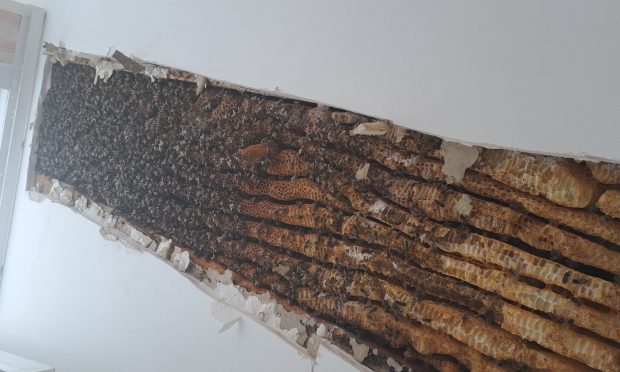
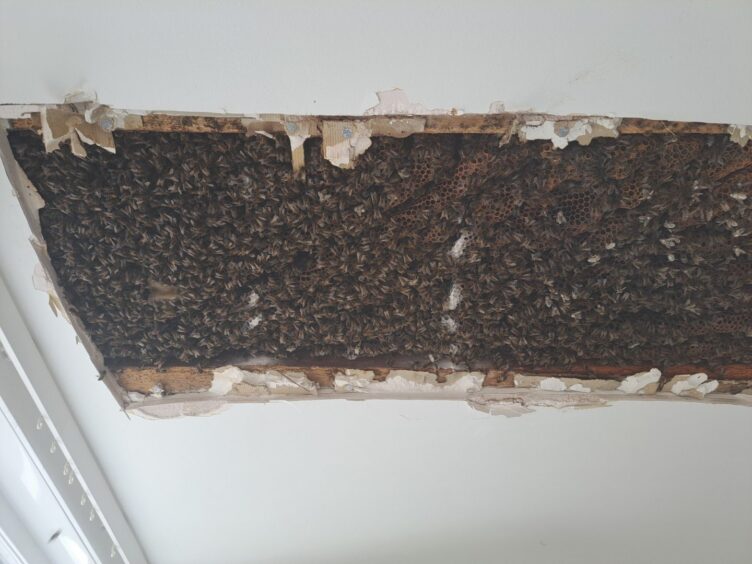
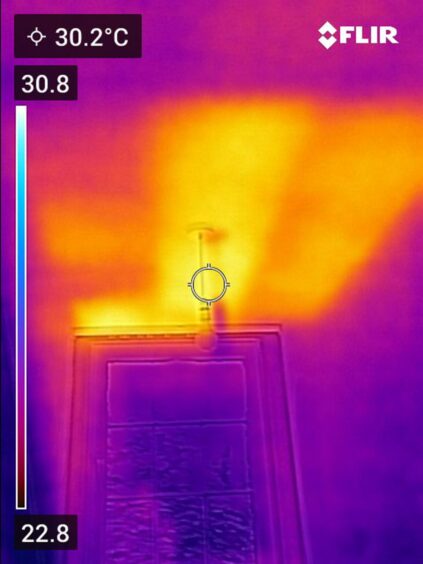
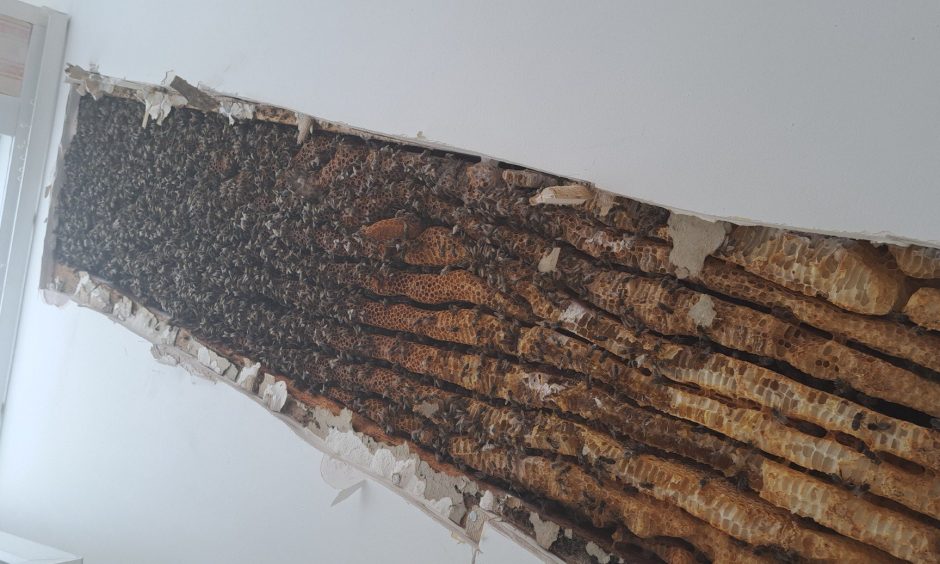
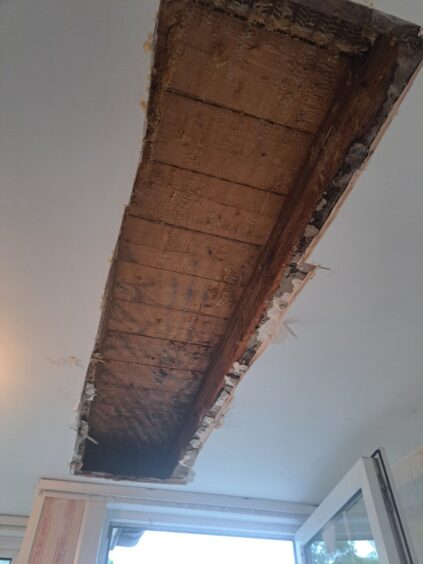
Conversation